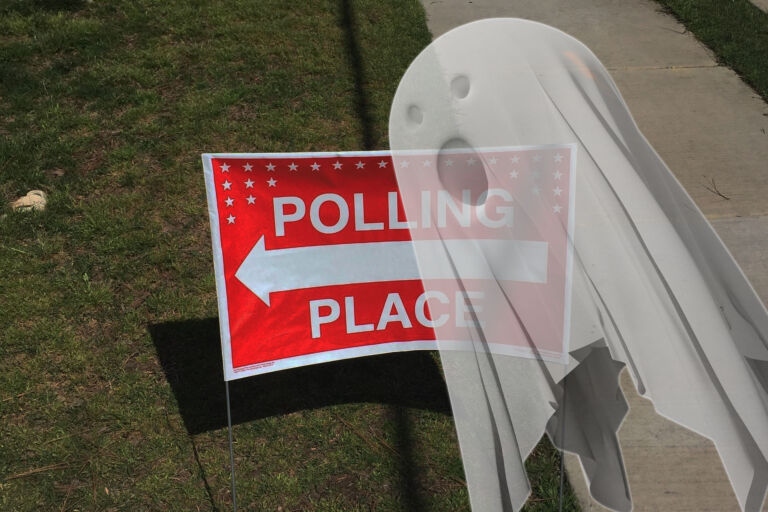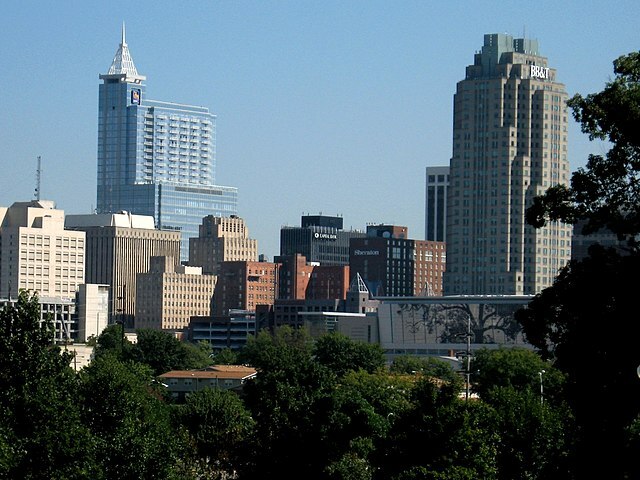I read an interesting piece today about the value of a dollar. Actually, the value of $100, and how it compares in cities across the US.
The Tax Foundation published this map back in August. It compares the purchasing power of $100 in a particular metro area with the average purchasing power of $100 in the US as a whole. So what $100 buys in Honolulu (the most expensive city in the country) would only cost $80.32 in the “average” US locale. At the other end of the spectrum, in Beckley, WV, $100 buys what would be $125.47 worth of stuff in that “average” city. Clearly, your dollars go a lot further in Beckley than in Honolulu.
So how do North Carolina cities compare? Overall, we do ok. A dollar buys a little more in North Carolina than it does on average across the country. Raleigh’s pretty close to average at $104.4, and Durham-Chapel Hill is almost the same at $104.9. Charlotte and Asheville do a little better at $107 and $107.5, respectively. But non-metropolitan areas in NC come in at $116.8, meaning that a dollar goes a lot further in those parts of the state.
Local governments focus a lot on incentives to lure business, but it strikes me that this data could be really useful for small towns and rural parts of the state. Forget the incentives – in these areas everything just costs less. That makes them a pretty attractive place for businesses (and families, for that matter) to locate.
It’s also a compelling reason not to raise local taxes. An additional sales tax or occupancy tax or property tax might seem like an attractive source of revenue, but it makes the city or county more expensive for businesses relative to its neighbors, undermining one of the great advantages that rural North Carolina has in attracting business and economic development.


